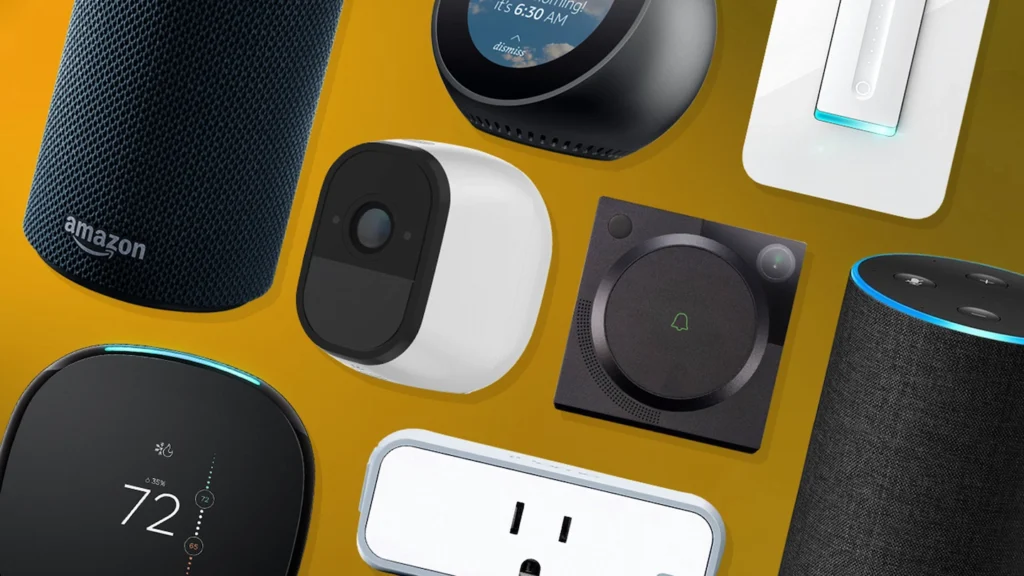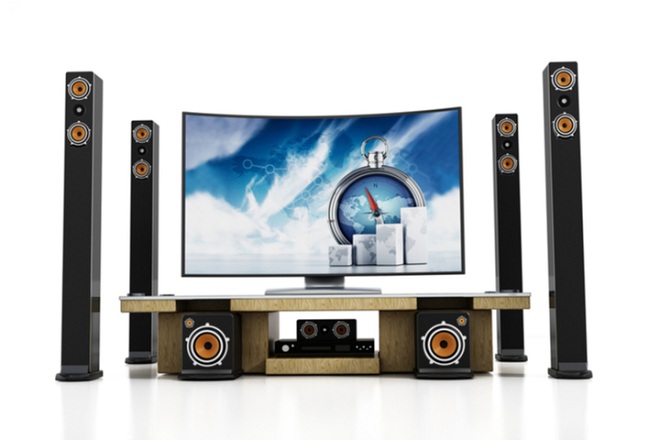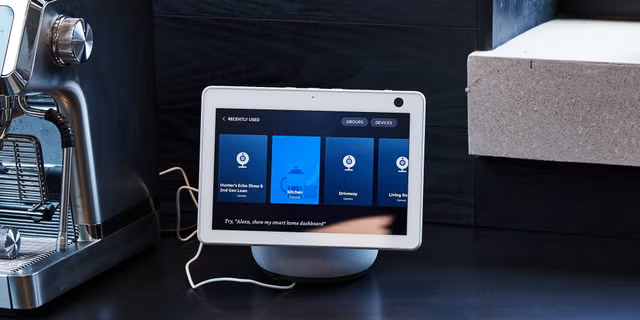Smart home devices are no longer futuristic luxuries — they’re everyday essentials that make life easier, safer, and more efficient. From voice-controlled assistants to energy-saving thermostats and smart security cameras, these devices can transform your home into a hub of convenience.
But with so many options on the market, the challenge is figuring out: which smart devices are right for your lifestyle?
This guide will walk you through the process step by step, helping you choose the best devices to match your needs, budget, and comfort level.
1. Understand Your Goals for a Smart Home
Before shopping, ask yourself: What do I want my smart home to do?
Common goals include:
- Convenience – Control lights, appliances, and devices with a voice command or phone app.
- Security – Use smart cameras, doorbells, and locks to keep your home safe.
- Energy efficiency – Save money with smart thermostats and power monitoring.
- Entertainment – Create immersive experiences with smart speakers, TVs, and lighting.
💡 Tip: Write down your top 3 priorities. This will help you filter through the overwhelming number of options.
2. Set a Realistic Budget
Smart home devices range from affordable (smart plugs under $20) to premium (whole-home automation systems costing thousands).
Budget categories:
- Entry-level ($50–$200): Smart bulbs, plugs, and basic speakers.
- Mid-range ($200–$800): Smart thermostats, video doorbells, multi-room audio.
- High-end ($1,000+): Full home automation with integrated hubs and advanced security systems.
💡 Tip: Start small with one or two devices and expand as needed.
3. Choose a Smart Home Ecosystem

Not all devices work well together. Choosing the right ecosystem ensures seamless control.
The big players:
- Amazon Alexa – Works with the widest range of devices. Great if you already own Echo speakers.
- Google Home – Excellent for Android users, integrates well with Google services.
- Apple HomeKit – Best for iPhone and Apple users, with a strong focus on privacy.
- Samsung SmartThings – Flexible and supports a wide range of brands.
💡 Tip: Stick to one ecosystem as much as possible to avoid compatibility issues.
4. Start with Smart Basics
For beginners, here are the must-have starter devices:
- Smart Speakers/Displays – (Amazon Echo, Google Nest Hub, Apple HomePod)
- Voice control, streaming music, managing other devices.
- Smart Bulbs – (Philips Hue, Wyze, LIFX)
- Control lighting brightness and color from your phone or voice.
- Smart Plugs – (TP-Link Kasa, Wemo)
- Turn regular appliances into smart ones.
These are affordable and give you a taste of what’s possible.
5. Security & Safety Devices
If security is your priority, consider:
- Video Doorbells – (Ring, Google Nest, Arlo)
- Lets you see and talk to visitors from your phone.
- Smart Locks – (August, Yale, Schlage Encode)
- Keyless entry, remote access, and activity logs.
- Security Cameras – (Eufy, Blink, Arlo Pro)
- Indoor/outdoor surveillance with motion detection and night vision.
- Smart Smoke/CO Detectors – (Nest Protect)
- Alerts you on your phone during emergencies.
💡 Tip: Look for devices with encrypted storage and strong privacy policies.
6. Energy Efficiency & Comfort Devices
For those looking to save money on utilities and increase comfort:
- Smart Thermostats – (Google Nest, Ecobee, Honeywell)
- Automatically adjust temperature to save energy.
- Smart Ceiling Fans – (Haiku, Hunter Fans)
- Adjust speed based on temperature.
- Smart Blinds – (Lutron, Tilt)
- Control natural light and privacy remotely.
- Energy Monitoring Plugs – (TP-Link Kasa, Sense Energy Monitor)
- Track and reduce energy usage.
7. Entertainment Devices

If fun and comfort are your goals:
- Smart TVs – (Samsung, LG, Roku TV)
- Stream content directly without external devices.
- Streaming Devices – (Chromecast, Fire Stick, Apple TV)
- Access Netflix, YouTube, Disney+, etc.
- Smart Speakers for Music – (Sonos, Bose, Amazon Echo Studio)
- Multi-room audio and rich sound quality.
- Smart Lighting Kits – (Nanoleaf, Govee)
- Sync lights with music or movies.
8. Consider Privacy & Security
Smart devices collect data — from your voice commands to video footage. Protect your privacy by:
- Choosing brands with strong security reputations.
- Regularly updating device firmware.
- Using strong passwords and two-factor authentication.
- Avoiding cheap, unbranded devices with weak security.
9. Think About Future Expansion
Don’t just buy for today — think about tomorrow.
- Choose devices that integrate with multiple platforms.
- Invest in a smart hub (Samsung SmartThings, Hubitat) if planning large-scale automation.
- Make sure devices support Matter — the new smart home standard designed to unify ecosystems.
10. Match Devices to Your Lifestyle
Every lifestyle benefits differently from smart devices:
- Busy Professionals: Smart thermostats, robot vacuums, and voice assistants.
- Parents: Baby monitors, security cameras, smart locks.
- Travelers: Video doorbells, smart lighting schedules, security systems.
- Tech Enthusiasts: Full automation, custom routines, smart hubs.
- Eco-conscious Users: Energy monitors, smart thermostats, solar integration.
✅ Final Thoughts
Choosing the right smart home devices comes down to understanding your goals, budget, and ecosystem preference. Start small with smart plugs or bulbs, then expand into security, comfort, and entertainment as needed.
Remember: a smart home should make life easier, not more complicated. By carefully selecting devices that match your lifestyle, you’ll build a connected home that saves time, adds security, and creates comfort.
